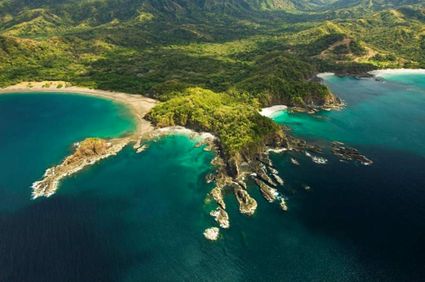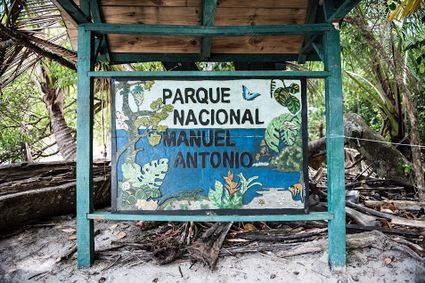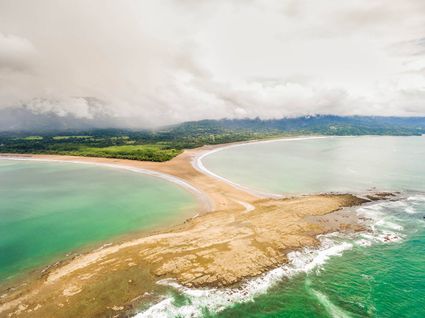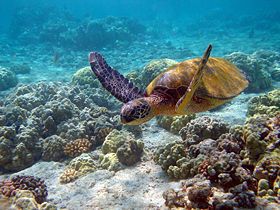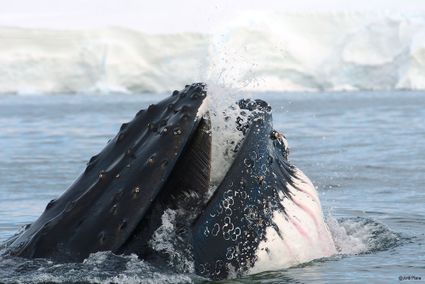Whale watching in Costa Rica
There you are, standing face to face with one of the undisputed giants of the sea. Just a few metres away you can see the immense tail of the beast slamming into the water. The whale dives into the water but returns a little later. A large jet of water spurts out of the sea and the whale shows itself once more on the surface. Goosebumps!
Whale watching is a unique experience. In Latin America you can spot whales in different places, think of Argentina, Ecuador, Brazil, Belize and Mexico. Another place where you can spot these animals is Costa Rica. The whale season in Costa Rica is even the longest in the world. In addition to humpback whales, pilot whales (family of dolphins), blue whales and black swordfish are also spotted in the country.
The humpback whale
The humpback whale can grow between 12 and 16 metres long and weighs between 25 and 30 tonnes. Characteristic for this species are the long pectoral fins and the lumps on its beak and lower jaw. During the mating season the males sing a special song to impress the female. This can last for days. Furthermore, the humpback whale is known for its spectacular displays on the surface of the water. They hit the water with their large pectoral fins and make jumps, sometimes completely over the water. Humpback whales travel thousands of kilometres every year as they migrate from the cold, nutrient-rich polar regions to warmer waters for mating and calving. This is how the whales pass Costa Rica twice a year.

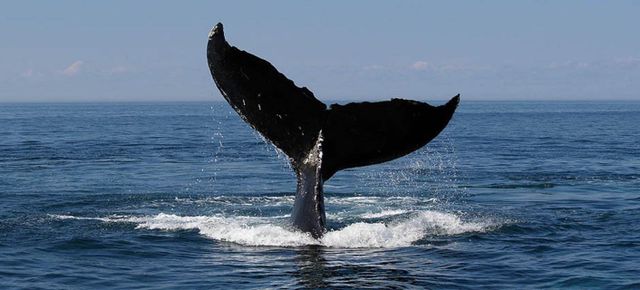

When can you spot whales in Costa Rica?
Costa Rica is the place for humpback whales from the north and south to escape the winter. This makes it possible to distinguish two whale watching seasons in Costa Rica.
Season 1: end of December - end of March
In the first season humpback whales arrive in December from California and Alaska off the coast of Costa Rica because of the warm waters. At the end of March, they leave for the north again.
Season 2: end of July - end of October
In the second season the humpback whales travel from Antarctica to the coast of Costa Rica. The whales can be found close to the coast between July and October. This is also the season in which the whales come to Costa Rica to give birth. A new-born whale can weigh 2,000 kilograms.
Where is the best place to spot humpback whales?
The best place to spot humpback whales is on the Pacific coast. The many bays on the coast make it a good and protected area for the whales to grow their young. There are several places where the whales occur.
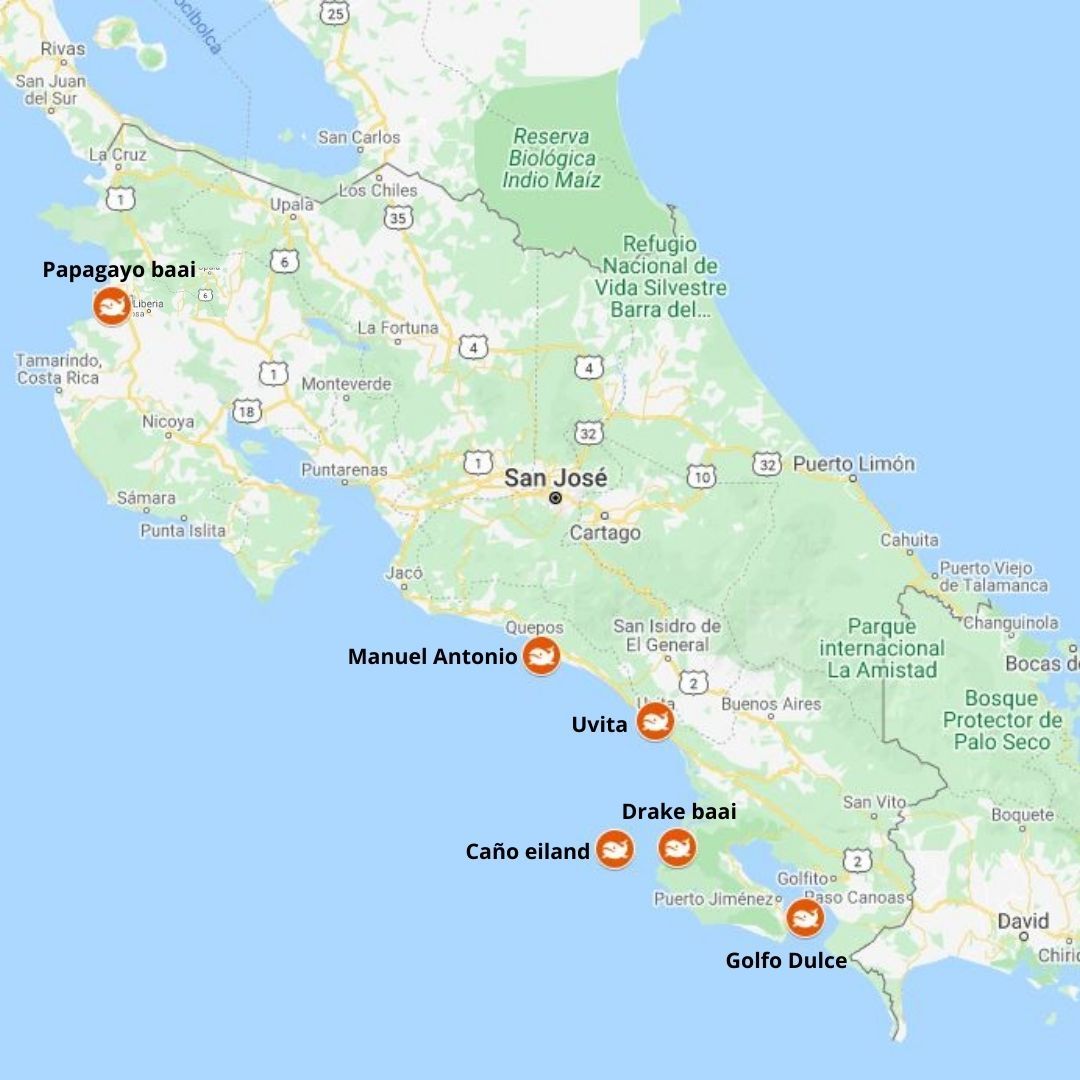
Did you know that
- The tail of a whale is their fingerprint? Each whale has a unique representation of markings that create their tail print.
- Costa Rica has an annual whale and dolphin festival? This is held at Uvita in September.
- September is an ideal month to travel to Costa Rica? You can spot whales on the Pacific coast and have the chance to see turtles laying eggs in Tortuguero on the Caribbean coast.
- The singing of the humpback males can last up to three quarters of an hour and can still be heard from miles away?
- The average speed of a humpback whale is 9 kilometres per hour? The maximum is 27 kilometres per hour.
- Humpbacks do not use teeth but ribs to collect food? Humpback whales are a kind of flexible rods that sit like a comb in the whale's upper jaw. To eat, the whales take a large bite of water and through the ribs they filter out the food.
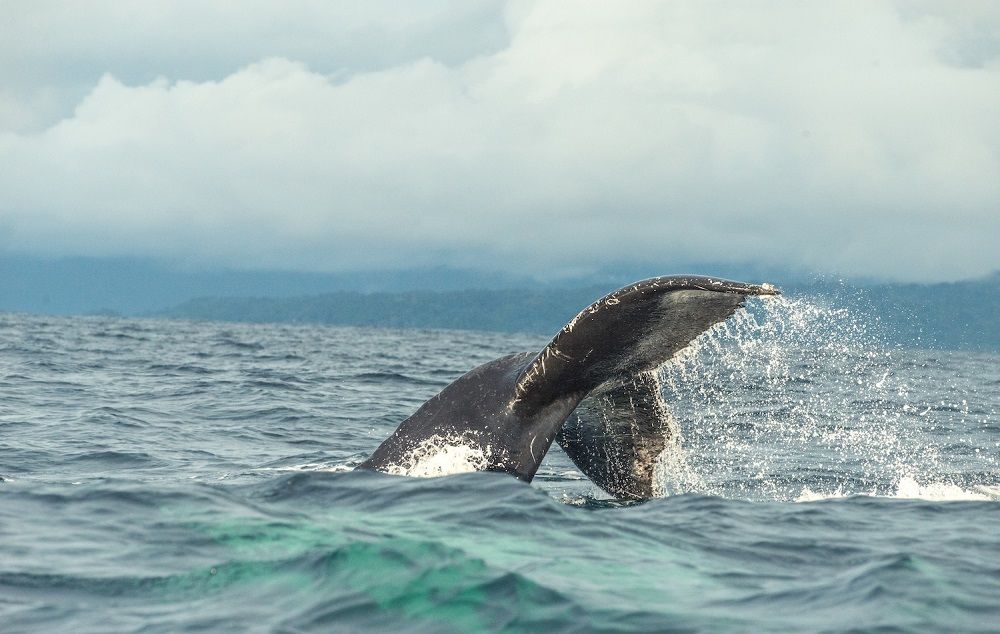
It is not only in Costa Rica that you can spot whales. This can also be done in Brazil, for example, as shown in the picture above. And besides whales you can spot more wildlife in Latin America.
Travel through Costa Rica?
Would you like to go whale watching in Costa Rica yourself? Then take a look at a travel itinerary that we have put together for inspiration. With a rental car you will discover Costa Rica and visit several places where you can spot whales.
Feel free to contact us for more information about the possibilities of whale watching in Costa Rica or a tailor-made travel proposal. Call +31 73 610 62 04 or send an email to info@sapapanatravel.nl.

